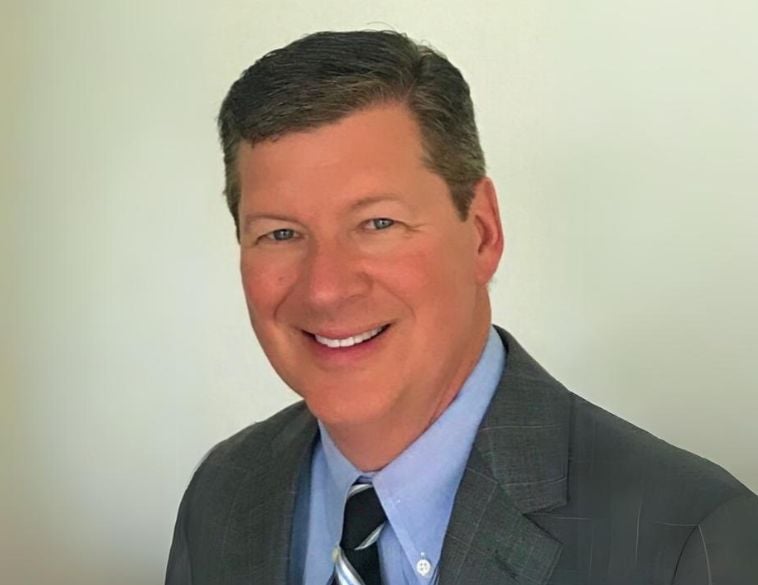In the collision repair industry, the topics of accreditation and certification continue to among the most talked about.
At the recent CCIF meeting in Vancouver, insurer and repair panel discussions focused on the need for an established benchmark in terms of repair standards—one in which shops are recognized for having made the commitment and investment in terms of equipment, training and processes to fix the latest vehicles.
Since 2016, the Automotive Industries Association of Canada’s Canadian Collision Industry Accreditation Program (CCIAP) has focused on a core set of principles regarding business practices, equipment, operational and training requirements that collision centres must meet in order to become accredited facilities.
CCIAP was designed from the outset to incorporate equivalence with any unique provincial accreditation requirements and is renewable each year, to ensure those shops that participate are regularly assessed.
Assurance tool
Besides providing a set of benchmarks for shops themselves, CCIAP was also conceived as an assurance tool for consumers and other industry stakeholders such as insurers, suppliers and vehicle OEMs to demonstrate that CCIAP accredited shops meet established industry standards for repairs.
Additionally, we’ve also seen the establishment of OEM-driven certification programs, designed to ensure a collision facility meets the requirements for repairing a manufacturer’s specific brand of vehicles.
At CCIF Vancouver, it was unanimously agreed that the industry needs a self-regulation process to guarantee repair standards and that logically, an initiative such as CCIAP represents a suitable place to start. Additionally, it was also agreed that there needs to be greater industry support and investment for such programs from all stakeholders and that the quality of repairs must be weighed against other pressures such as cycle times and costs.
Justifying investments
As vehicles become increasingly complex and severity rates continue to increase, OEM requirements for repair procedures are becoming an increasingly important part of the process, yet the tools and training investment required can be considerable. In addition, if one OEM requires equipment X and another requires equipment Y, the frequency of repairs performed on vehicles manufactured by each OEM (dictated often by a shop’s location and customer base) can also make it a difficult business proposition to justify these equipment investments.
It is generally understood that if OEMs and insurers are willing to accept an established, baseline set of requirements for repair procedures, one that’s been created by the collision industry for the collision industry (without the need for government regulation), it will ensure credibility for shops that have made the required investments, while weeding out those that have not.
Risk mitigation
If a single standard is agreed upon and enables access to all OEM and insurer repair requirements, it will also help to further streamline the claims process, provide greater and more concise data analysis, allow stakeholders to make better, more informed decisions while at the same time, reinforcing brand protection for all stakeholders by mitigating the risk of liability resulting from any substandard repairs.
Granted, the support some OEMs provide to shops under their own individual certification programs is considerable, yet still, having a national, harmonized standard across the country and potentially North America on which to build is likely to serve the best interests of the entire collision repair industry and each stakeholder involved. Yet in order for such a standard to succeed, as discussions at CCIF Vancouver noted, it needs to be properly nurtured and supported by every party involved in the collision repair process and not left up to government regulators that aren’t intimately familiar with needs of the industry.


